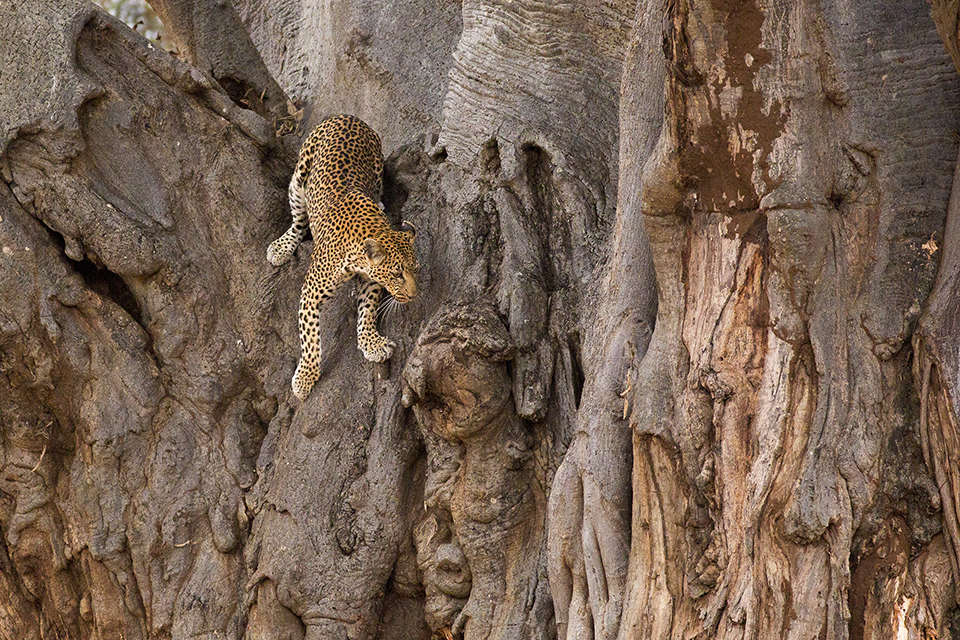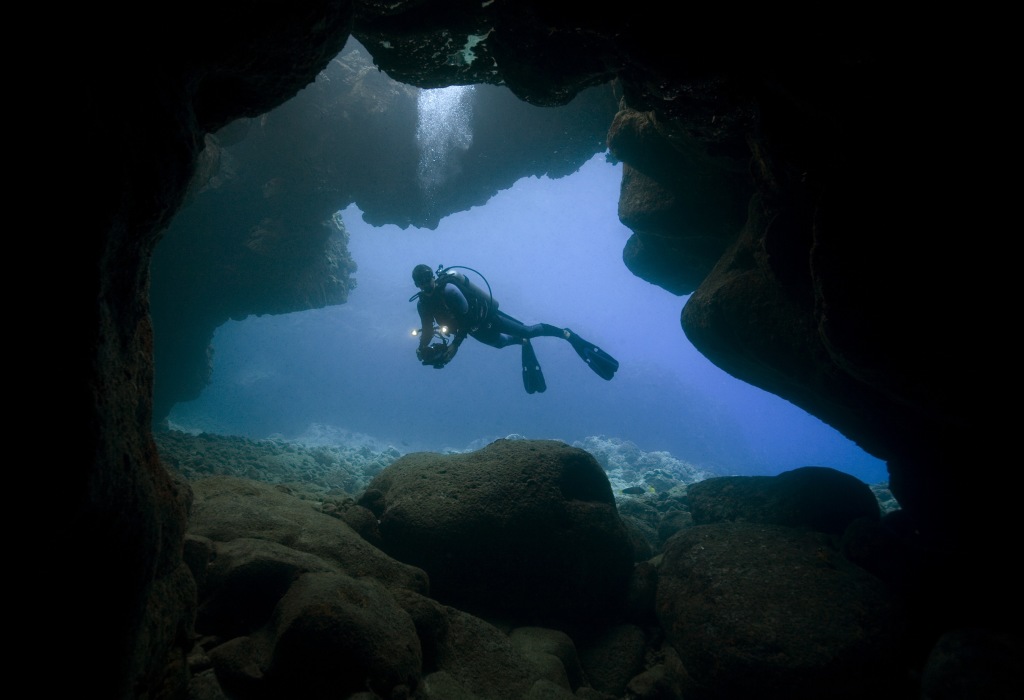Archive for October 2014
Patience Makes For Better Pictures
I was going to call this blog “Waiting It Out”, but the term that Chris Johns, the Editor of the National Geographic and a photographer uses is “circling back”. What…
Read MoreLocal Knowledge Enhances Your Travel Photos
Many times when we are traveling we are in someone else’s control. This can be a good thing, as when we are on a vacation we are not interested in…
Read More
